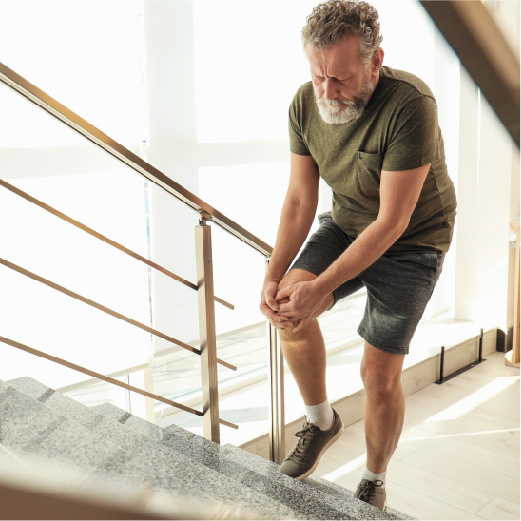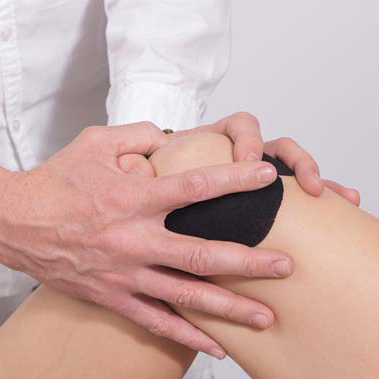What is patellofemoral pain syndrome?
Patellofemoral Pain Syndrome is a common cause of knee around the patella, or kneecap. The patella will ideally sit smoothly inside the femoral groove and glide as the knee moves. Its position is dependent on the force provided by various different structures, including; your quadricep muscles, your Iliotibial Band and your patella tendon. Sometimes the balance of force provided by these muscles results in the patella placing too much pressure on the femoral grove, causing pain.

What caused my Patellofemoral Pain Syndrome?
Commonly, Patellofemoral Pain Syndrome is caused by muscle imbalances in the different muscle groups that attach into the patella. Your quadriceps muscle group made up of 4 different muscles, all of which attach into the patella. Vastus lateralis, vastus intermedialis, vastus medialis and rectus femoris all apply slightly different vectors of force through the patella. Most often, over-activity of Vastus Lateralis and weakness to Vastus Medialis result in an imbalance leaving the patella to exert too much pressure against the lateral part of the femoral groove.
Biomechanics of the leg are another common cause of Patellofemoral Pain Syndrome. Often, poor strength of the hip muscles, or overpronation at your foot can cause abnormal movement at the knee. This can also create pain to occur at the patella and the femoral groove.
How can you help me with my Patellofemoral Pain Syndrome?
Your physiotherapist will take a detailed history of your knee injury in order to give the most accurate diagnosis as well as your specific underlying causes. The physical assessment will look at the patella itself, as well as the hip, knee ankle and foot in order to come up with the best possible treatment plan for you. Typically, your plan will involve manual therapy and taping techniques in order to reduce your pain levels during activity. You will also receive guidance on you gait biomechanics and strengthening exercises to reduce any muscular imbalances that are contributing to your injury.
What should I do to avoid aggravating my Patellofemoral Pain Syndrome?
- AVOID activities that aggravate your pain, until you have seen your physiotherapist
- AVOID generic strengthening activities such as squats and lunges, your physiotherapist
- REMAIN ACTIVE, while avoiding aggravating activities.
- For RELIEF, applying ice to the area may help to reduce some pain and inflammation. Wrap the ice to avoid direct contact with your skin
- RECEIVE physiotherapy care to get your joints, ligaments and muscles performing to their optimum level.
Keep good care of your body and your physiotherapist will continue to monitor your condition. Once your Patellofemoral Pain has resolved you will be able to resume your full activities without worrying about future flare-ups.


